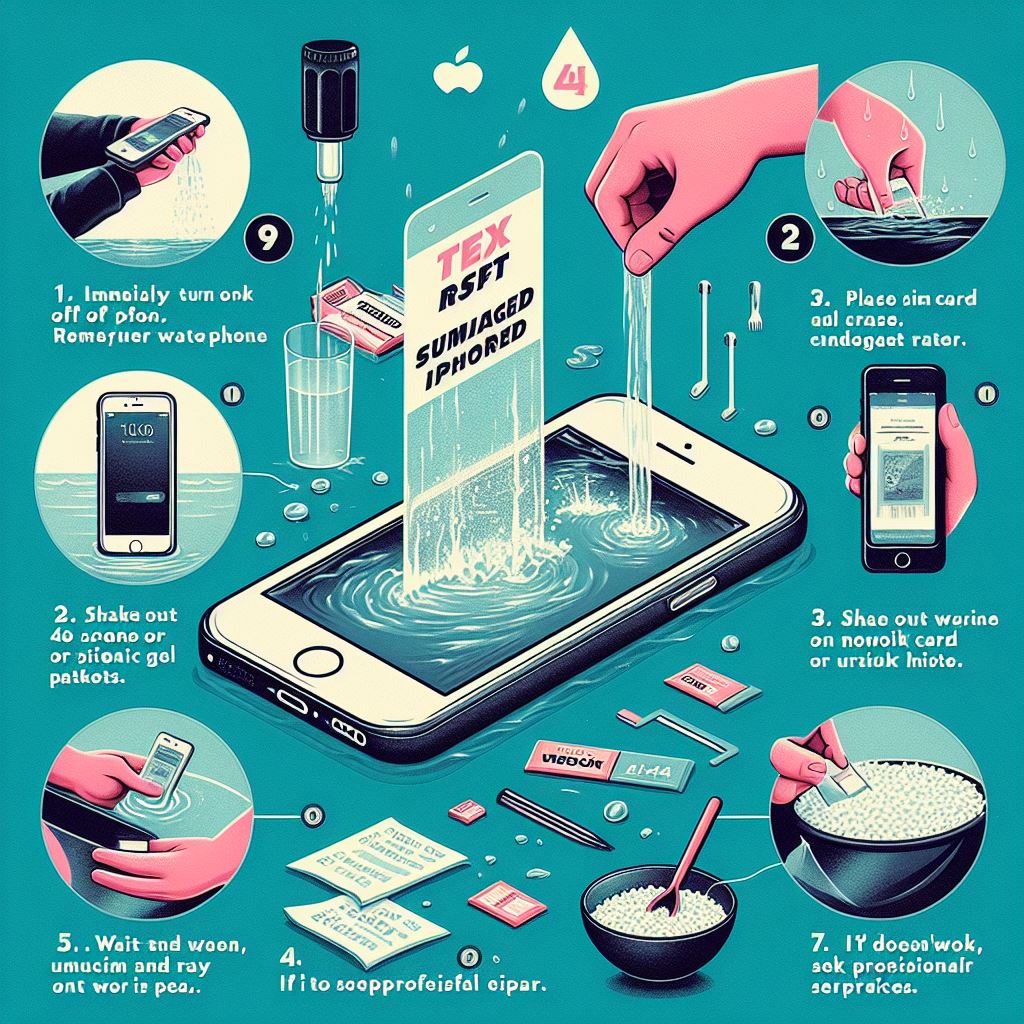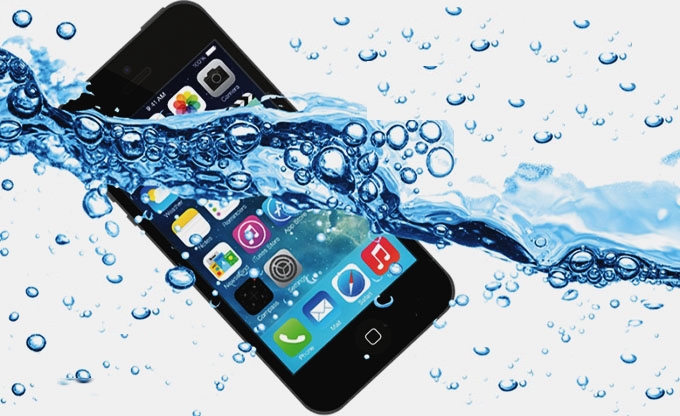Spilled your morning coffee on your iPhone? Dropped it in the pool? A water-damaged iPhone can be a source of major anxiety.
But fear not; there are steps you can take to try and salvage your beloved device.
This guide offers a detailed step-by-step approach while also exploring ways to prevent such mishaps from happening again.
Fixing water-damaged iphoneHow to Fix a Water-Damaged iPhone
Time is of the Essence: What to Do Immediately
The key to potentially reviving your water-damaged iPhone lies in acting swiftly. Every second counts in minimizing internal damage caused by water exposure. Here’s what you need to do as soon as possible:
- Power Down: Resist the urge to check if your iPhone still works. Turn it off completely by holding the side button and either volume button until the “slide to power off” prompt appears. Shutting down the phone prevents electrical currents from spreading the water further.
- Remove the Case: A phone case can trap water against the iPhone. Take it off immediately to allow for better drying.
- Eject the SIM Card Tray: Locate the SIM card tray (usually on the side) and eject it using the designated tool. This allows water that might have seeped inside to evaporate more easily.
- Dry the Exterior: Using a clean, lint-free microfiber cloth, gently pat the exterior of the iPhone to remove any surface water. Avoid rubbing, as this could push water further inside.
Drying Techniques
Once the initial steps are taken, it’s time for the drying process. Here are two effective methods to remove moisture from your iPhone:
-
Air Drying: This is the safest and most recommended approach. Place your iPhone in a well-ventilated area with good air circulation. Ideally, find a warm, dry spot but avoid using direct heat sources like hair dryers or ovens. These can warp internal components. Leave your iPhone to air dry for at least 48 hours, preferably longer.
-
Silica Gel Packets: Silica gel packets, often found in packaging materials for electronics or purchased from stores, are excellent moisture absorbers. Fill a container with these packets and place your iPhone inside, ensuring it’s not directly touching them. Seal the container and leave it undisturbed for 48 hours.
Important No-Nos
- Rice: While a popular old trick, rice is not an ideal solution for drying a water-damaged iPhone. Uncooked rice can leave behind starchy residue that can clog the ports and potentially cause further damage.
- Charging: Never attempt to charge your iPhone until you are absolutely certain it’s completely dry. Charging a wet phone can lead to electrical shorts and permanent damage.
- Turning it On: The temptation to check if your iPhone works might be strong, but resist it! Turning on a wet phone can cause internal components to malfunction, leading to more extensive damage.

After 48 Hours: Assessing the Situation
Following the drying period, carefully inspect your iPhone for any signs of moisture. Look for fogging on the screen or water droplets in the ports. If your iPhone appears completely dry, try turning it on.
- Success! If your iPhone powers on and functions normally, consider yourself lucky! Back up your data immediately, as there’s still a chance of future issues arising from the water damage.
- No Response: If your iPhone doesn’t turn on or exhibits strange behavior like flickering screens or unresponsive buttons, it’s time to seek professional help.
Seeking Professional Help
If your DIY efforts haven’t revived your iPhone, don’t despair.
Authorized Apple service providers or reputable repair shops have the expertise and tools to diagnose and potentially repair water damage.
Here’s what to expect:
- Diagnosis: A technician will thoroughly examine your iPhone to assess the extent of the water damage.
- Repair Options: Depending on the severity, they may be able to clean the internal components and restore functionality. In some cases, parts replacement might be necessary.
- Data Recovery: If your iPhone is beyond repair but your data is salvageable, data recovery services might be an option. However, success is not guaranteed.
Protecting Your iPhone from Water
The best way to deal with water-damaged iPhones is to avoid water damage altogether. Here are some tips to keep your iPhone safe:
- Get a Waterproof Case: Invest in a waterproof case designed for your specific iPhone model. These cases offer varying degrees of protection against water ingress. Look for cases with an IP (Ingress Protection) rating. The first number indicates protection against dust particles, while the second signifies water resistance. An IP67 rating means the phone can withstand dust and immersion in up to 1 meter of water for 30 minutes. IP68 offers even greater protection, withstanding deeper submersion for longer durations.
- Mind Your Surroundings: Be extra cautious when using your iPhone near water sources like pools, showers, or beaches. Avoid taking calls or texting while in the bathroom with steamy showers. Invest in a waterproof pouch if you plan on using your iPhone poolside or near the beach.
- Lifestyle Habits:
- Avoid Eating or Drinking Near Your Phone: Spills happen. Minimize the risk by keeping your iPhone away from beverages and food.
- Secure Your Phone in the Car: Don’t leave your phone loose in cupholders or on car mounts where spilled drinks can easily reach it.
- Beware of Sweaty Workouts: Intense workouts can generate a lot of sweat, which can damage your iPhone if it’s not in a protective case or armband.
- Screen Protectors and Cleanliness:
- Tempered Glass Screen Protectors: While not waterproof themselves, tempered glass screen protectors can offer an extra layer of defense against accidental splashes or drops in water.
- Regular Cleaning: Clean your iPhone regularly with a microfiber cloth specifically designed for electronics. Avoid harsh chemicals or abrasive materials that could damage the water-resistant seals.
